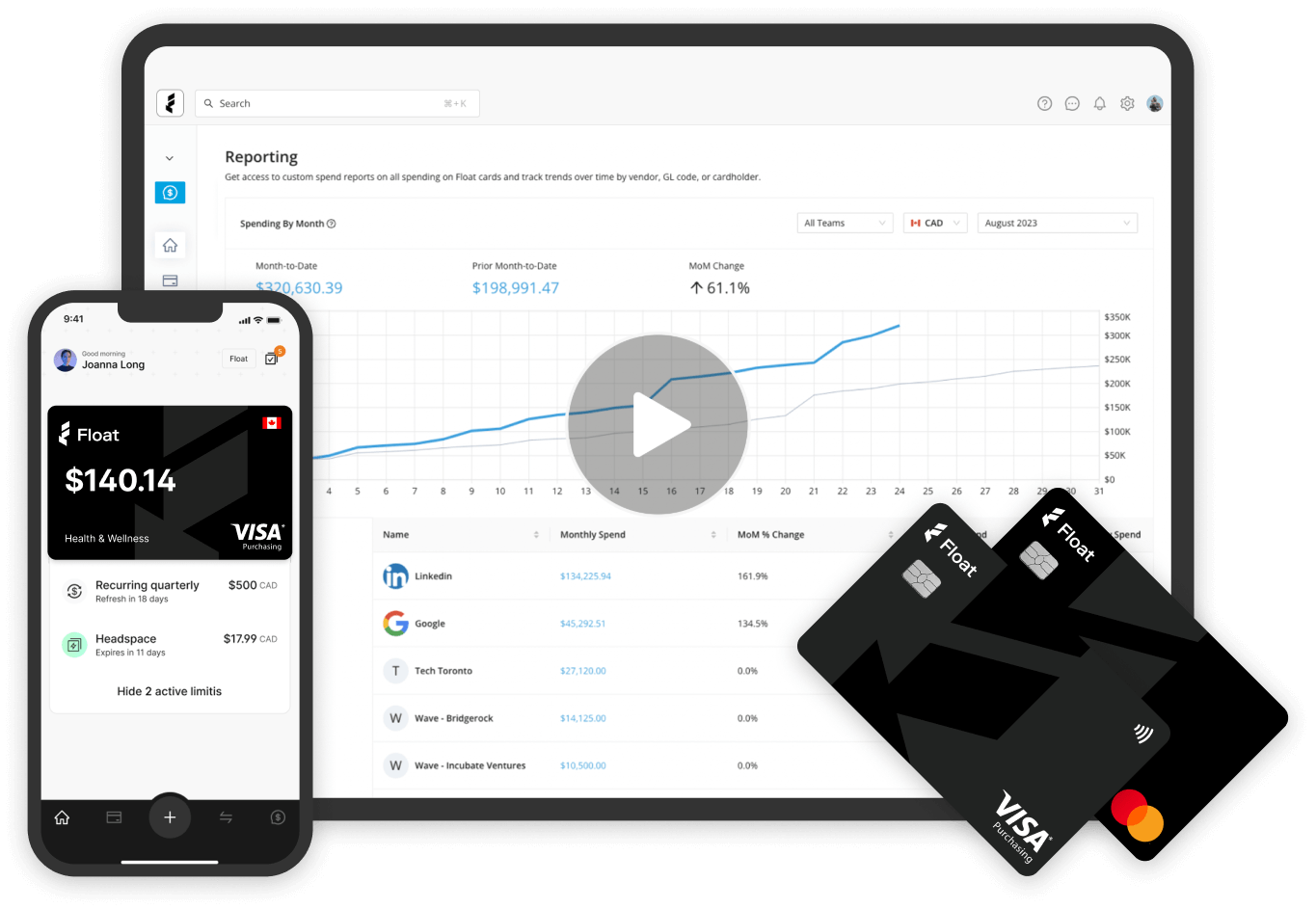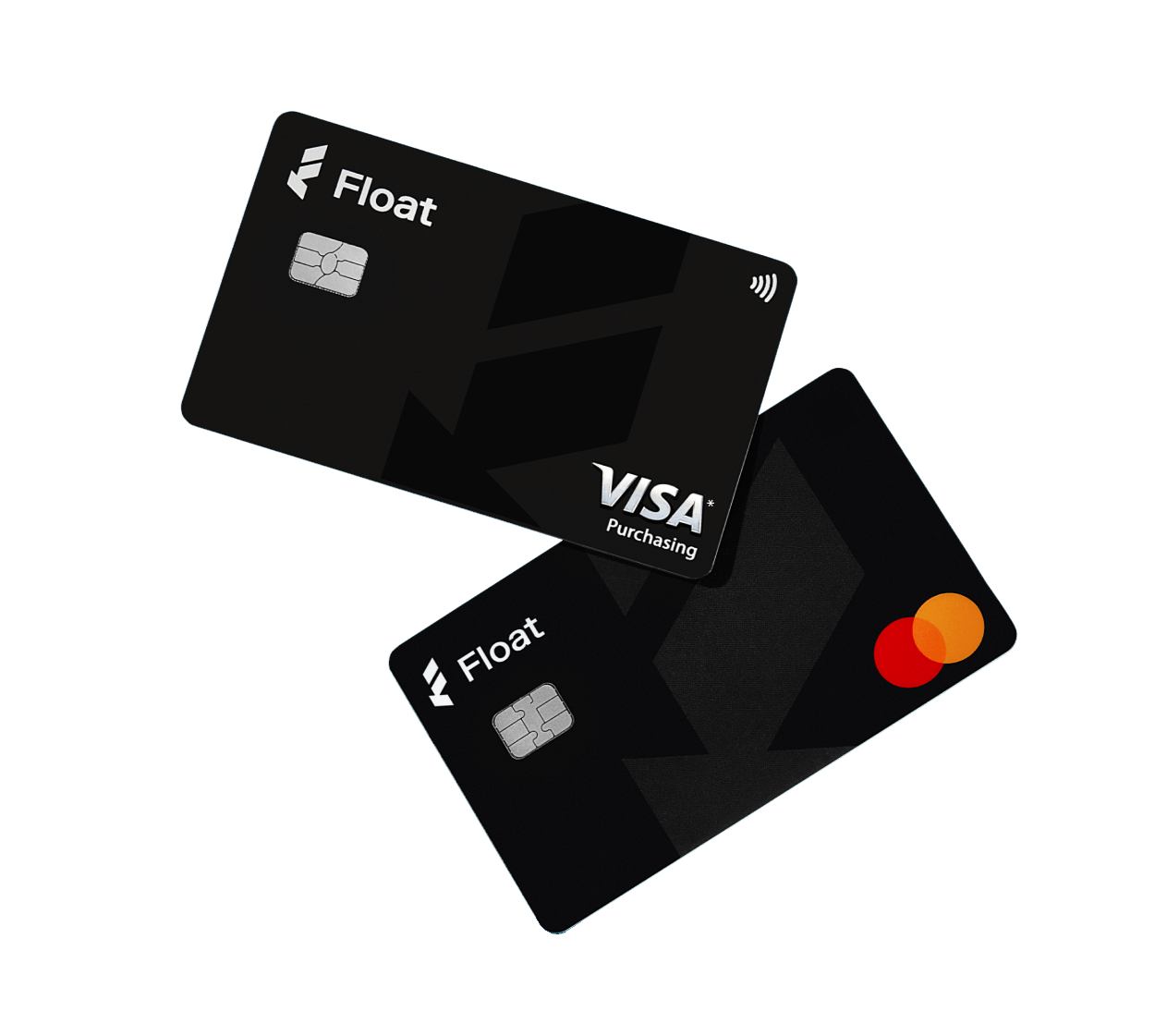Corporate Cards
How Corporate Card Programs Deliver ROI for Canadian Companies: Measuring Financial Impact
When every dollar matters, the right payment solution can help you grow—and a smart corporate card program is your first step.
June 23, 2025
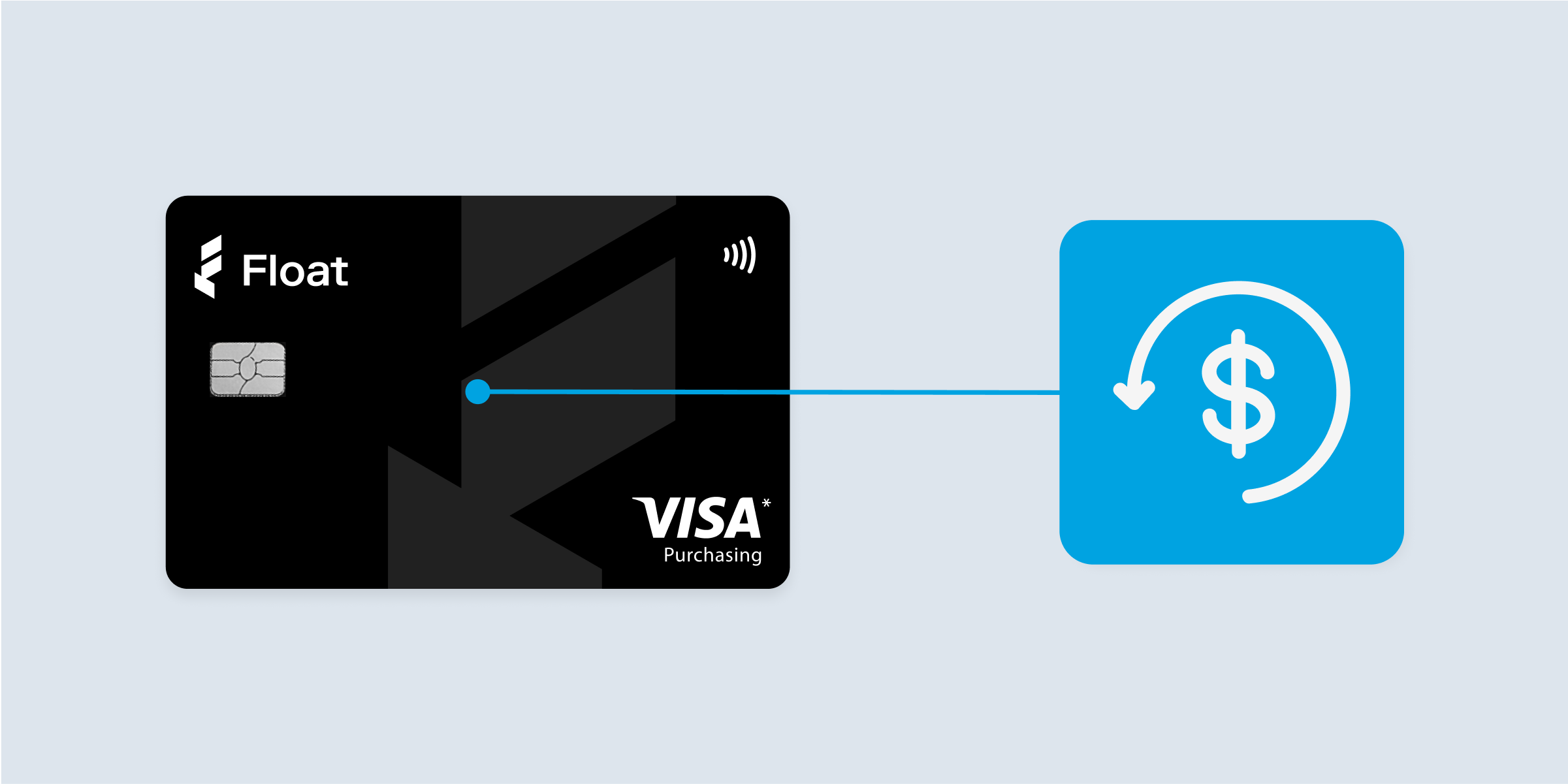
When every dollar matters, the right payment solution can help your business grow. For Canadian companies, modern corporate card programs offer convenience and, critically, a measurable return on investment (ROI).
From stronger cash flow to sharper expense controls, today’s best business payment methods in Canada are built for speed, savings and oversight.
Whether you’re a scaling startup or an established company looking to cut waste, understanding the financial impact corporate cards can deliver is essential to smarter financial management in Canada.
Let’s take a closer look at how corporate credit cards in Canada are helping finance leaders drive growth, reduce risk and save serious time. We’ll also talk numbers, because when chosen wisely, corporate card benefits can go beyond nice-to-have perks to easing workloads and putting cash in your pocket.
Leverage well-designed card programs for growth
Credit cards are great for racking up points, but with the right terms, a more strategic corporate card program can also be a powerful growth lever. Many card programs offer flexibility that can help small businesses smooth out their cash flow, seize opportunities more quickly and avoid unnecessary capital constraints.
Where the ROI of strategic spending really kicks in
One of the biggest advantages of card programs isn’t what you spend, it’s what you don’t. When you extend your payment cycle by 15 to 30 days, you’re effectively creating interest-free working capital.
Here’s what that means for your bottom line.
1. Preserve working capital
A business that puts $50K per month on a corporate card with a 30-day float preserves roughly $600,000 in working capital per year. That’s money that stays in your account longer, supporting your cash flow and reducing reliance on other financing.
2. Avoid missed opportunities
That extra flexibility comes in handy. You can use the float period to launch a marketing campaign, scoop up a limited-time vendor discount or hire when it matters most without scrambling to cover spend.
3. Ditch expensive alternatives
Instead of tapping into high-interest credit lines or short-term loans (which can ding you with high interest rates), corporate cards give you 0% financing until the statement due date. Smart leverage, minus the interest hit.
For example, consider a common challenge that arises when a business owner needs to pay for inventory or supplies before generating any revenue for the business. Imagine Jake, who runs a custom furniture business and recently got approved for a high-limit business credit card. Instead of waiting for client deposits or saving up cash, he used $20,000 of his credit to bulk-buy premium hardwood at a discount.
This let him take on bigger orders and build multiple pieces, cutting production time and increasing profits. By the time his credit card bill was due, he’d already sold enough furniture to pay it off—without touching his cash flow. Leveraging that credit limit helped Jake grow faster without taking on investors or loans.
For startups in particular, access to more flexible credit through corporate charge cards can mean the difference between holding back and being able to hire, launch or scale. Instead of pausing to shuffle payments or chase down reimbursements, you can keep your operations moving confidently. Look for options that go beyond traditional credit products and offer meaningful short-term flexibility, without racking up interest or fees.
When finance teams combine card programs with smart expense controls, they can give department leads the freedom to spend where it counts—without compromising the company’s financial safety. You can also build trust across teams by ensuring they can make smart spending decisions. Give them tools and guardrails, not handcuffs.
Enhance financial control with automated expense reporting
Manual expense reporting is the finance equivalent of death by a thousand tiny cuts. Between tracking down receipts and chasing late submissions, most teams spend hours every month just trying to close the books. But with the right corporate card program, automation does the legwork for you.
Float customers save an average of 8 hours per month on expense reporting, and that’s just for the finance team. That’s a full workday back each month, or enough time to finally read those Slack threads or just enjoy lunch without your inbox judging you.
But the time savings go past your finance team. Employees save about 2 hours each, thanks to receipt capture and real-time categorization that happens as soon as the card is swiped.
All that time adds up. Even if these 10 hours were paid to an employee making Canada’s average minimum wage, you’ve saved nearly $200 with these time savings. Imagine how high these labour savings can get as salary goes up. But more importantly, consider what these employees can do with that time. High-impact work that delivers on organizational goals is more valuable than digging through manual expense reports.
With automated expense management in place, your team can ditch scouring spreadsheets to focus on more aligned work. And when you’re saving up to 7% of total spend thanks to better oversight and fewer leaks, the ROI becomes impossible to ignore.
Automated tools also reduce compliance risk. By keeping expense data up to date and policy aligned, companies avoid late reporting headaches and keep auditors happy.
Optimize spending with card payments vs. cash
Paying by cash or cheque might seem like business as usual, but those methods come with hidden costs. From tracking issues to out-of-policy spend, managing cash leaves room for error.
Shifting to modern business payment methods in Canada (yup, we’re specifically talking corporate credit cards here) gives finance leaders the visibility they need to course-correct spending before it becomes a problem. With transaction-level data and real-time insights, you’re not left guessing what happened last month.
Companies using Float have seen savings of up to 1.3% by eliminating unwanted or unauthorized spending. When you can catch spending issues as they happen, you avoid that dreaded “wait, who expensed a $200 beanbag chair?” moment at month-end.
And with centralized data, finance teams can spot trends, adjust budgets and forecast more accurately. These are nearly impossible when expenses are scattered across cash reimbursements and missing receipts.
Want to dig into the math? Companies that switch to Float often discover that what felt like minor inefficiencies were actually costing thousands. See how the savings add up.
Maximize cost savings with rewards programs
Deals on hotel stays or office supplies are good, but rewards that align with your actual business needs are even better. (No offence to the airline points you can only use on Tuesdays in February). Many corporate card programs offer tailored benefits. Think cash back, software discounts or business service credits.
Used strategically, these rewards offset real operational costs. For example, prioritize rewards that reduce real spend or put cash back in your proverbial pocket. Travel rewards can be beneficial if travel is tied to your company’s revenue, but they may also be a perk you don’t need.
Cash back programs and high-yield accounts (we see you, 4% interest!) can provide helpful savings or protect you from surprise cost increases in times of uncertainty.It’s a smart way to reduce your burn without reducing your output.
Some cards even offer partner discounts on tools your team already uses, like cloud software or HR platforms. With the right setup, you’re not just spending—you’re stacking value. With corporate cards, it’s easy to track what you’re earning and where it’s going.
Use advanced fraud prevention tools
Did you know that the average Canadian business that is impacted by fraud can lose upwards of $7,800 as a result? And over half of Canadian business owners have dealt with fraud?
Yikes.
Fraud is a costly threat. The right corporate credit card program helps you stay ahead of risk—potentially saving your business thousands in losses. With real-time transaction alerts, customizable spending controls and automatic audits, you’re not relying on end-of-month statements to catch mistakes.
That means fewer sleepless nights and fewer “oops” expenses sliding through unnoticed. It also means more trust in your systems and your people, both essential to financial management in Canada.
Real-time monitoring also reduces admin time spent resolving issues. Instead of days chasing down suspicious transactions, you get instant clarity and control. Float’s tools make it easier to spot and halt problems before they escalate.
Learn more about Float
Get a 10-minute guided tour through our platform.
Next steps for Canadian businesses
If you’re still managing expenses the old-fashioned way, it might be costing you more than you think. Between missed cashback, wasted hours and limited visibility, your current setup could be eroding profits in the background.
The financial impact of corporate cards goes beyond perks, so take the time to compare corporate credit cards in Canada to understand what to look for, from policy controls to platform integrations.
Evaluating modern corporate card benefits means assessing more than just your spend. Look at how your team manages expenses, how often you review transactions and how much manual work goes into reconciliation. Spoiler alert: it doesn’t have to be this hard.
Float makes it easier. As a corporate card and spend management platform, Float gives you the controls, visibility and rewards you actually want, minus the spreadsheet gymnastics.
Want to see your potential ROI?
Try Float’s savings calculator and get a clear view of your financial future.
Written by
All the resources

Corporate Cards
Auto-Load Corporate Cards: Eliminate Transaction Declines with Smart Funding
Say goodbye to declined transactions and budgeting headaches! Let's explore why smart funding matters and how auto-load works.
Read More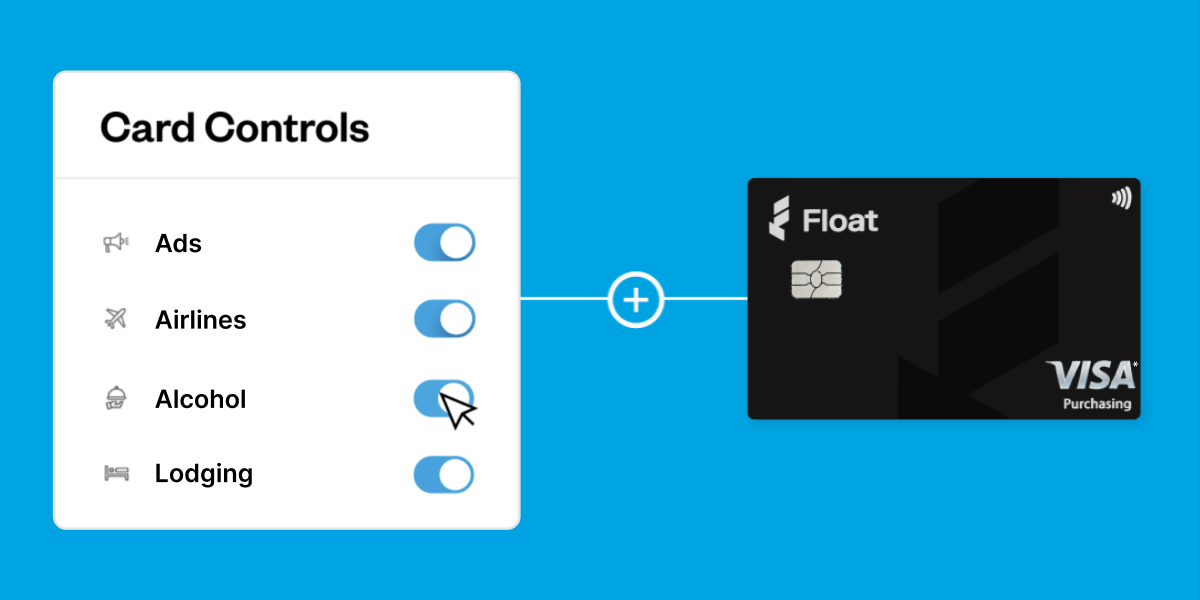
Financial Controls & Compliance
Financial Controller Guide: Roles, Responsibilities & Success Strategies
Behind every confident CFO is a financial controller who knows the numbers inside out—and how to use them to guide
Read More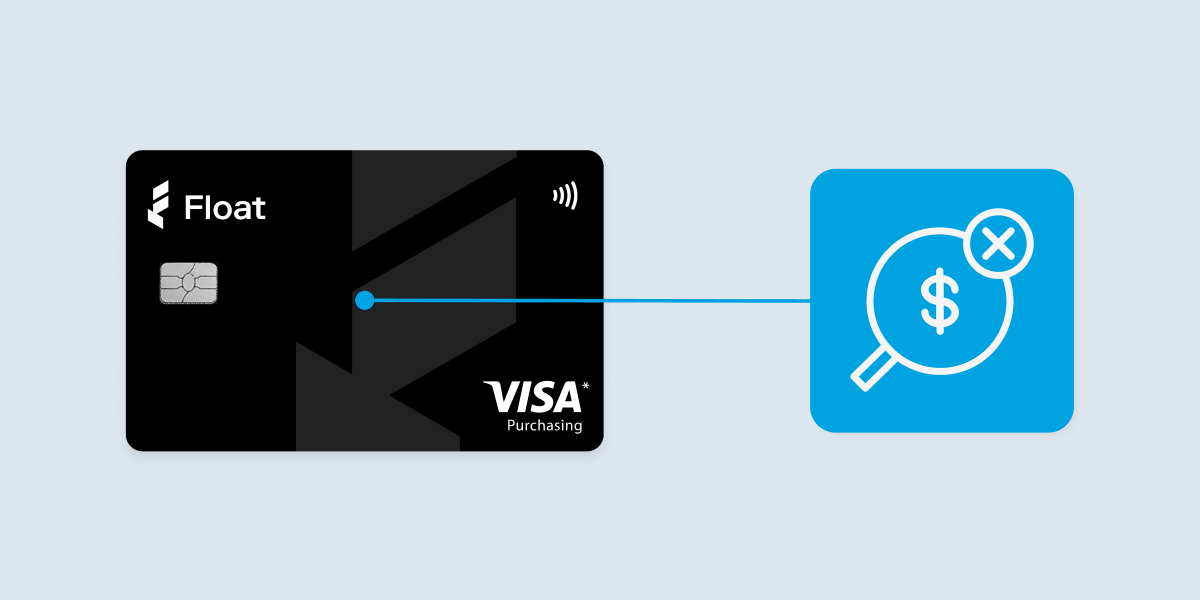
Corporate Cards
Business Credit Cards with No Personal Guarantee: Your Options
Want to avoid leveraging your personal credit for business financing? Business credit cards with no personal guarantee may be the
Read More



